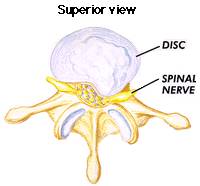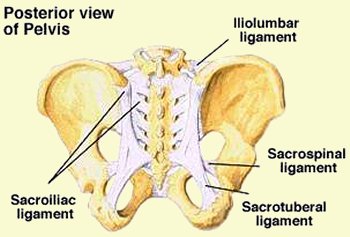What is a Herniated Disc? 
A disc herniation occurs when a portion of the intervertebral disc material bulges and ‘sticks out’ into the neural canal. This can produce pressure on the spinal cord or nerve roots and cause pain, numbness, or tingling into the arm or leg. This is very rarely a surgical condition and usually responds with non-surgical treatment. This is also often referred to as a ‘slipped disc’ and is much different that a ruptured disc fragment, which can somtimes lead to surgery.
What are other causes of low back pain?
There are many other conditions that can cause back pain. Some of these are congenital, such as scoliosis. Most causes of back pain, however, result from an injury or trauma.
Common causes of back pain include:
- Muscle Strain
- Bulging or herniated disc
- Degenerative disc disease
- Spinal stenosis
- Sciatica or pinched nerve
- Sacroiliac Joint Inflammation
There are also many other conditions which can contribute to back pain. These conditions are almost always treated non-surgically, resulting in a successful outcome the vast majority of the time.
What is Sacroiliac Joint Pain?
Inflammation in the sacroiliac (SI) joint can cause pain in the low back or buttocks. This is especially common in women, and often radiates into the leg, masquerading as sciatica. SI joint pain responds well to nonsteroidal medications and physical therapy. Occasionally, injections into the joint space are necessary to completely alleviate the pain and dysfunction.

What is an Epidural Steroid Injection?
The epidural steroid injection is the placement of cortisone, a powerful antiinflammatory agent, into the epidural space, which approximates the disc and spinal column. The treatment of epidural injection has been around for over 40 years. It involves using either steroids or anesthetic agents allowing good benefit with minimal risk factors. The main goal of the epidural injection is to shrink the swelling in bulging or herniated discs, and to decrease any inflammation that surrounds the disc and may be pressing on a spinal nerve.
Leave a Reply